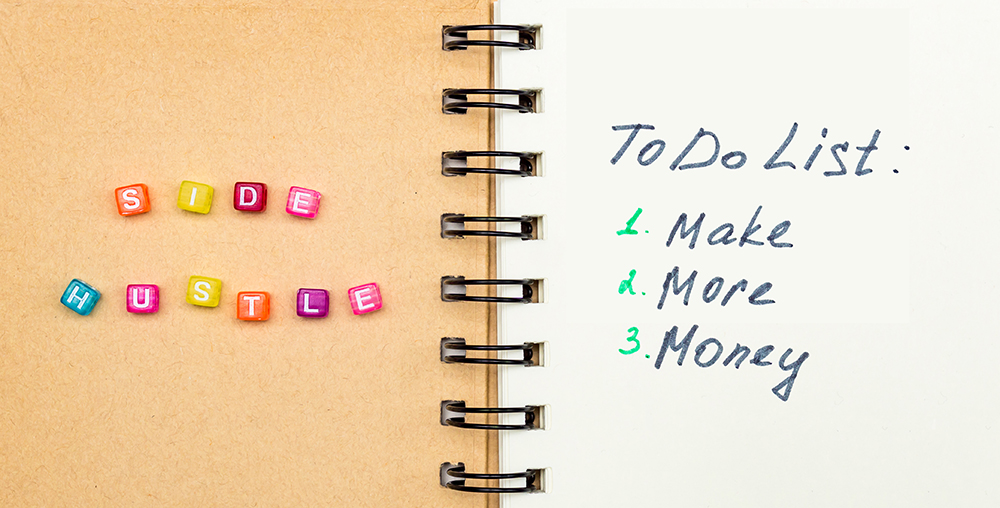The traditional nine-to-five lifestyle may no longer be the only path for students and young professionals. Freelancing, work-from-home tutoring, and e-commerce are increasing in popularity and providing an array of flexibility. These "side hustles" offer the freedom to be your own boss, explore passions, and generate extra income. In some cases, they may even contribute more financially than your full-time job. But with this flexibility comes a new set of considerations, especially when it comes to superannuation.
This post will discuss how income from side hustles affects your super and provide information on staying on top of your retirement savings.
Understanding superannuation contributions
As an employee, you likely receive superannuation contributions (called Super Guarantee Contributions or SGC) from your employer if you are over 18*. This is currently 12% of your salary and is automatically deposited into your nominated superannuation fund. How good is that!
Superannuation is a long-term savings strategy designed to grow over time. Generally speaking, through the power of compounding investment returns the earlier you start contributing to super, the more time your super has to potentially benefit from returns earned on those investment returns. It's essential to note that investment returns are not guaranteed.
*If you are under 18, you will need to be working 30 hours a week to be eligible for Super Guarantee Contributions.
Side hustles and your super: A gap to fill
Unlike your main job, income from side hustles generally doesn't attract employer super contributions. Why? This is because if you’re self employed, you are responsible for deciding if a portion of those hard-earned side hustle dollars should be directed towards your future self.
Let's illustrate this with an example:
Imagine you are a full-time employee and receive an annual salary of $60,000. Your employer contributes 12%, or $7,200, to your super each year.
On weekends, you leverage your love for dogs as a freelance pet-sitter, earning an additional $10,000 annually.
Since this is income from being self-employed, you won't receive super contributions. Instead, you can choose to put aside a percentage of your income and contribute this to your super. You could follow the same super guarantee rate of 12% and contribute $1,200 to your super account.
This is called making “personal contributions” to your super. These contributions are also known as non-concessional contributions.
The positives
1. Personal contributions are tax-deductible
When you make personal contributions (non-concessional contributions) to your super, you could be eligible to claim a tax deduction for the contributions. This helps you save on tax and grow your super balance.
For example, if you make a personal contribution of $2,000, you can lower your taxable income by that amount. Keep in mind that this turns your non-concessional contribution into a concessional contribution.
Read about personal contributions and the contribution caps
here.
2. Personal contributions are eligible for the government co-contribution.
If you choose not to claim a tax deduction on a personal contribution and you meet the eligibility requirements, you could receive the government co-contribution.
This means that the government will match up to a maximum of 50c in every dollar you contribute up to $500. Read more about government incentives
here.
Eligibility criteria does apply, visit the
ATO’s website for more information.
3. Personal contributions can be used to save for your first home.
Personal contributions (plus associated earnings) can be withdrawn when you go to purchase your first home under the First Home Super Saver Scheme.
Eligibility criteria and caps apply, so visit the
ATO’s website for more information.
Make a start today
- Log into your Professional Super account
- Under “Make a contribution” you will find your personalised BPAY details.
- Log into your bank account and use the BPAY details to make a contribution.
You’re done! You can use the same BPAY details each time you want to make a contribution. You could do it each time you get paid your side hustle pay so it has time to compound.
Where to go for help?
If you have any questions or concerns about making personal contributions to your Professional Super account, contact our Member Services team at
hello@professionalsuper.com.au and we can help you out!





